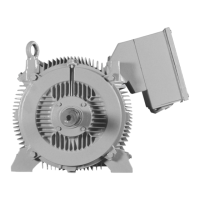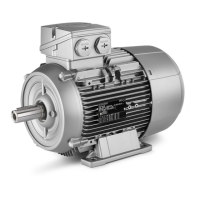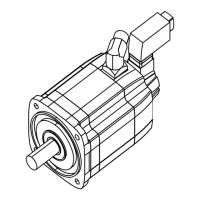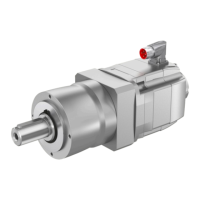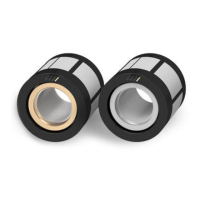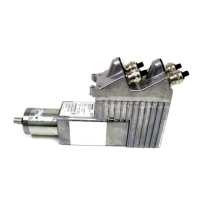Functions
2.2 Overcurrent Protection 50, 51, 50N, 51N
SIPROTEC, 7SK80, Manual
E50417-G1140-C344-A5, Release date 11.2012
78
Measurement Methods
The comparison values to be used for the respective element can be set in the setting sheets for the elements.
• Measurement of the fundamental harmonic (standard method):
This measurement method processes the sampled values of the current and filters in numerical order the
fundamental harmonic so that the higher harmonics or transient peak currents remain largely unconsidered.
• Measurement of the true RMS value
The current amplitude is derived from the sampled values in accordance with the definition equation of the
true RMS value. This measurement method should be selected when higher harmonics are to be considered
by the function (e.g. in capacitor banks).
• Measurement with instantaneous values
This procedure compares the instantaneous values to the set threshold. The element picks up at 2 · √2 ·
setting value (rms). It does not perform a mean-value calculation and is thus sensitive with regard to distur-
bances. This measurement method should only be selected if an especially short pickup time of the element
is required. In this measurement procedure, the operating time of the element is reduced compared to the
measurement of effective values or fundamental harmonics (see „Technical Data“).
The type of the comparison values can be set under the following addresses:
50-3 Element Address 1219 50-3 measurem.
50-2 Element Address 1220 50-2 measurem.
50-1 Element Address 1221 50-1 measurem.
51 Element Address 1222 51 measurem.
50N-3 Element Address 1319 50N-3 measurem.
50N-2 Element Address 1320 50N-2 measurem.
50N-1 Element Address 1321 50N-1 measurem.
51N Element Address 1322 51N measurem.
High current elements 50-2, 50-3 (phases)
The pickup current of the high-set element 50-2 PICKUP or 50-3 PICKUP can be set at address 1202 or
1217. The corresponding delay time 50-2 DELAY or 50-3 DELAY can be configured under address 1203 or
1218. It is usually used for purposes of current grading intended for large impedances that are prevalent in
transformers or generators. It is specified in such manner that it picks up faults up to this impedance.
Example of the high-set current element
50-2 PICKUP: Transformer used for busbar supply with the following
data:
Based on the data above, the following fault currents are calculated:
Rated apparent power S
NomT
= 16 MVA
Transformer impedance ZT = 10 %
Primary nominal voltage V
Nom1
= 110 kV
Secondary nominal voltage V
Nom2
= 20 kV
Vector groups Dy 5
Neutral point Grounded
Fault power on 110 kV-side 1 GVA
Three-Phase High Voltage Side Fault Current at 110 kV = 5250 A
Three-Phase Low Voltage Side Fault Current at 20 kV = 3928 A
On the High Voltage Side Flowing at 110 kV = 714 A

